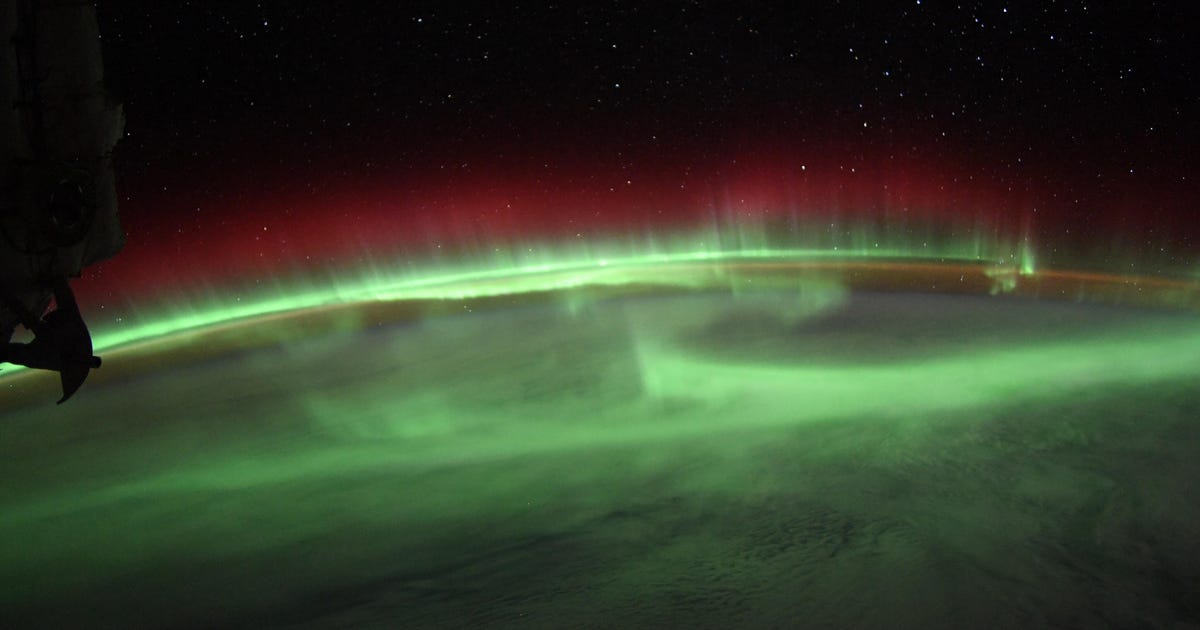Solar Blast to Send Aurora Light Shows Toward Populated Areas: How to See It
A tumultuous week on the surface of the sun will provide a nice opportunity to see the Aurora Borealis (in the northern hemisphere) and Aurora Australis (the southern equivalent) late Friday and early Saturday.
Our local star has generated a fair amount of solar flares in recent days, along with a few coronal mass ejections, which are the blasts of charged plasma that can trigger bright auroras farther away from Earth’s poles than normal when they collide with our planet’s magnetic field.
The US Space Weather Prediction Center expects this energetic collision will create a minor G1 class geomagnetic storm Friday night that will intensify to a moderate G2 storm early Saturday. These storms pose no danger to anything on the surface of the planet unless they last a particularly long time, which could damage some large electrical equipment at high latitudes. More at risk are satellites and other spacecraft. In the past, long-duration storms have taken a batch of Starlink satellites out of commission.
What is most likely to be noticeable on the ground are the dancing lights in the sky produced by the storm. A G2 storm can generate bright auroras visible as far south as New York, Idaho and Scotland and as far north on the other side of the world as parts of New Zealand and Tasmania.
No special equipment is needed to view the aurora, but clear skies are pretty essential. The SWPC offers a forecast service you can check in with to see when the lights might be visible and most intense in your location.
If you have good astrophotography skills and happen to capture an enviable image of the lights in your sky, please share them with me on Twitter @EricCMack.
For all the latest world News Click Here

